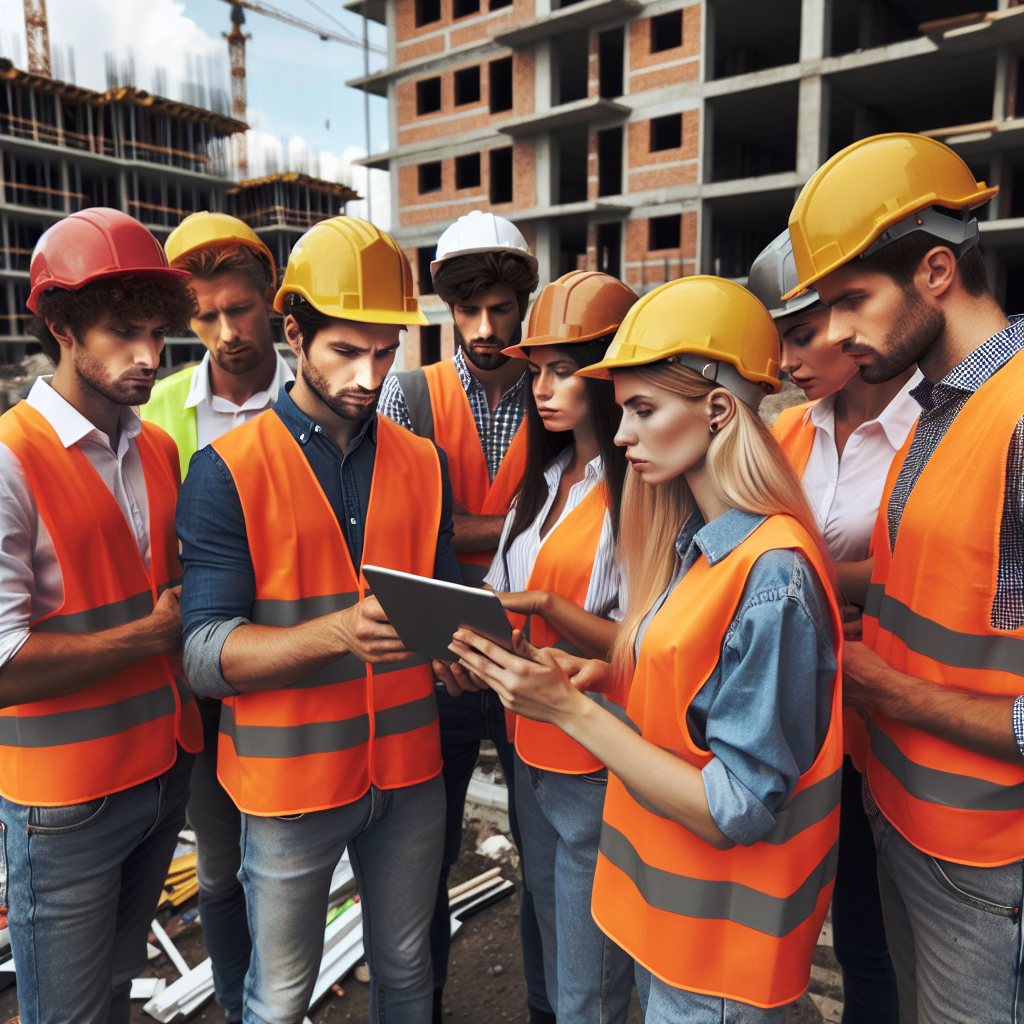How AI is Driving the Digital Revolution in Construction Projects
The construction industry is undergoing a significant digital revolution, driven largely by the integration of Artificial Intelligence (AI). This transformation is optimizing efficiency, enhancing safety, and improving overall project outcomes. In this blog post, we will explore the numerous benefits and use cases of AI in construction, emerging innovations, best practices for AI adoption, and how Zepth is leading the charge in integrating AI into construction management.
Key Benefits of AI in Construction
Cost Efficiency and Productivity
AI-driven digital solutions are projected to reduce project costs by 20% and enhance productivity by 50% by 2030, according to McKinsey. By utilizing AI in construction, companies can leverage predictive analytics to identify potential cost overruns and mitigate financial risks, which leads to more effective financial management and budget adherence. Tools such as
construction financial management tools and
construction cost control software can further enhance this efficiency.
Predictive Maintenance and Equipment Management
AI systems analyze data from sensors embedded in machinery to predict equipment failures, which reduces unexpected downtime and extends the lifespan of construction equipment. For example, solutions like
Caterpillar’s Cat Connect use predictive analytics to continuously monitor machine health. Additionally, AI-powered
fleet management platforms, such as Ctrack, optimize operations, improve efficiency, and enhance overall fleet performance by tracking vehicle locations, fuel consumption, and driver behavior.
Enhanced Project Management
AI optimizes project planning, scheduling, and resource allocation. Platforms like Procore incorporate predictive analytics to monitor projects in real-time, allowing managers to proactively adjust schedules and resources. The integration of
AI-powered project management and
jobsite management tools facilitates seamless collaborations by incorporating chatbots and virtual assistants that enhance communication and automate routine tasks.
Improved Safety and Risk Management
AI enhances safety protocols by identifying potential hazards using drones equipped with AI and leveraging virtual reality for worker training. Furthermore, machine learning algorithms analyze historical data to identify potential risks, reducing accidents and ensuring a safer working environment. Integrating
construction risk management strategies with AI can significantly enhance workplace safety.
Use Cases of AI in Construction
Preconstruction and Design
AI revolutionizes the preconstruction phase through technologies such as generative design, for example, Autodesk’s generative design, which creates multiple design options based on specified goals and constraints.
GeoSpatial AI evaluates land use, environmental factors, and market dynamics to aid in site selection and planning, optimizing outcomes in the early stages of construction planning.
On-site Innovations
AI-driven tools like drones, IoT devices, and robotics are redefining monitoring and operational protocols on construction sites. Drones conduct comprehensive aerial surveys and progress monitoring using tools like Pix4D to create accurate 3D models from aerial imagery, minimizing manual labor requirements. Additionally, robotics such as the semi-automated mason (SAM) enhance precision tasks like bricklaying, improving task accuracy and alleviating physical demands on workers.
Autonomous Equipment and Robotics
Autonomous construction equipment powered by AI performs tasks traditionally executed by human workers, significantly enhancing overall efficiency. Automated robotics are redefining the construction workforce by taking on repetitive and dangerous tasks, improving productivity and ensuring consistent quality during the construction process.
Emerging Innovations
Generative AI and Augmented Reality
Generative AI is set to further disrupt traditional practices by generating optimized structural designs tailored to specified parameters. Integrating
Augmented Reality (AR) with AI sharpens on-site execution, providing unprecedented accuracy in tasks and closing the gap between physical and digital spaces. The continuous learning capabilities of AI-driven systems pave the way for more resilient and sustainable infrastructure in the long run.
Digital Twins and Real-Time Monitoring
Digital twins enable real-time project monitoring, allowing for data-driven decision-making and enhanced project management. This technology is expected to become integral in the upcoming decade, as it allows project managers to receive instantaneous insights and make informed adjustments as needed.
Best Practices for AI Adoption
Integration with Existing Tools
To maximize the effectiveness of AI, it’s crucial to leverage data from existing tools such as
Building Information Modeling (BIM), drones, and IoT sensors. Integrating AI with current project management software creates a
common data environment for construction, leading to streamlined processes, enhanced workflows, and improved collaboration among teams.
Continuous Training and Development
Investing in research and development is essential to drive AI innovation. Governments and industry leaders recognize that wider AI adoption holds great potential to boost productivity and to advance the construction industry’s digital transformation.
Addressing Labor Shortages
AI technology addresses labor shortages by offering innovative solutions such as robotic construction technologies and AI-powered project management platforms. These innovations optimize scheduling and workflow management, allowing for a streamlined construction process, which is becoming increasingly vital in the current labor market landscape.
How Zepth Can Help
Project Management and Collaboration
Zepth’s construction management solutions can be enhanced by AI to provide real-time communication, automate routine tasks, and offer predictive analytics for improved project outcomes. By integrating
AI-powered chatbots and
virtual assistants into its project management platforms, Zepth enhances collaboration and streamlines processes, allowing teams to focus on delivering exceptional results.
Predictive Maintenance and Fleet Management
Zepth can leverage AI algorithms to gather and analyze data from vehicle telematics systems, improving fleet performance, reducing downtime, and enhancing overall efficiency. By integrating AI into its
project financials tools, Zepth helps construction companies optimize route planning, reduce fuel costs, and improve driver safety.
Safety and Risk Management
Zepth also utilizes AI to enhance safety protocols by integrating drones and AI capabilities for site inspections and virtual reality simulations for worker training. Machine learning algorithms within Zepth’s platform can effectively identify potential risks, significantly reducing accidents and ensuring a safer working environment. The
risk management tools provided by Zepth ensure compliance while minimizing operational hazards.
In conclusion, AI is transforming the construction industry by enhancing efficiency, safety, and project outcomes through technology. As the industry continues to embrace these advancements, companies like Zepth are at the forefront of integrating AI into various aspects of construction management, driving the industry towards a more efficient, collaborative, and sustainable future.


